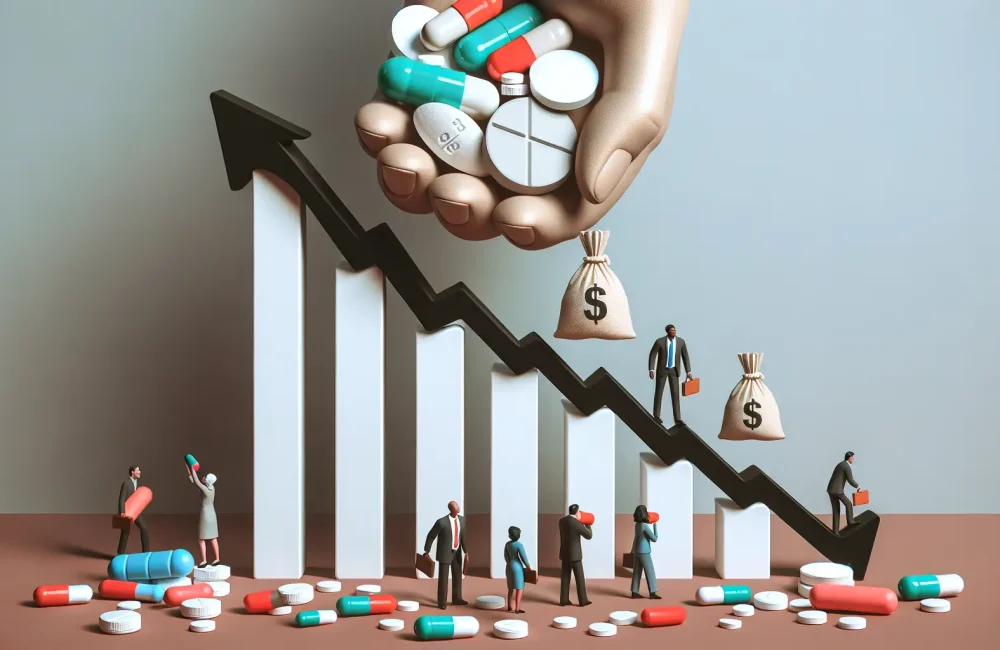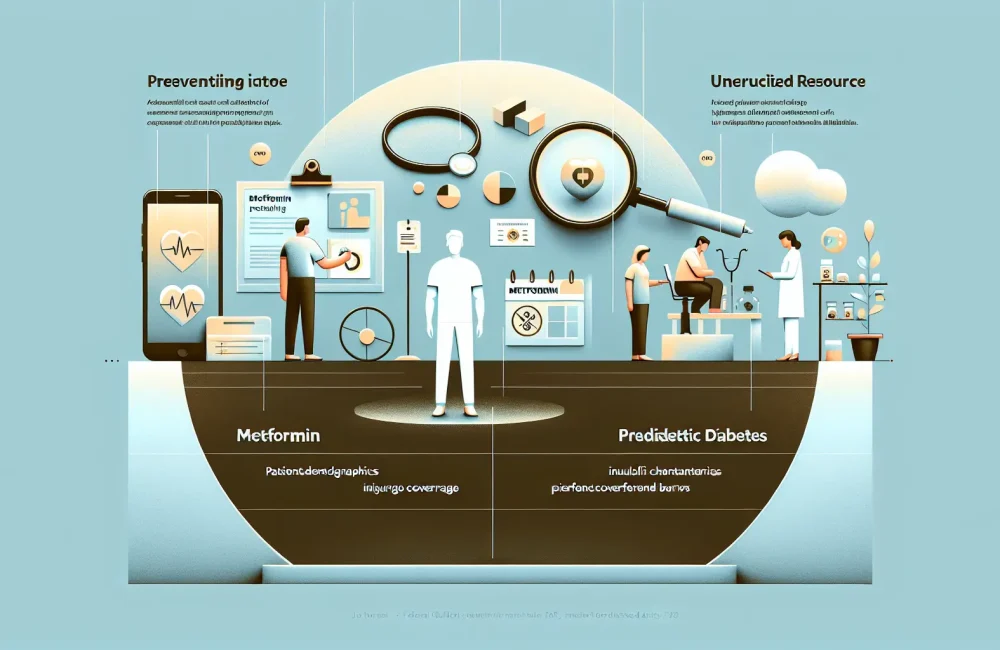By CAFMI AI From JAMA
Surge in Injectable GLP-1 Receptor Agonist Use Among US Adults with Diabetes
A recent article based on national data reveals that about 25% of adults with diabetes in the United States used injectable glucagon-like peptide-1 (GLP-1) receptor agonists last year. This significant uptake marks a shift in diabetes management, highlighting the increased acceptance and integration of these therapies into routine care. GLP-1 receptor agonists are recognized for their dual benefits: improving blood sugar control and providing cardiovascular protection in patients with type 2 diabetes. The growing use reflects enhanced recognition of these advantages by clinicians and better patient access to these medications, indicating a meaningful evolution in diabetes treatment approaches in the US.
Key Drivers Behind the Increased Utilization of Injectable GLP-1 Medications
The study utilized comprehensive national prescription data to examine trends in diabetes medication use, focusing on the rising adoption of injectable GLP-1 receptor agonists. Multiple factors contribute to this increase. One key driver is the updated clinical guidelines endorsing GLP-1 receptor agonists as a preferred treatment option for type 2 diabetes, especially in patients with established cardiovascular disease or high cardiovascular risk. Enhanced insurance coverage and reimbursement policies have also lowered financial barriers, making these medications more accessible to a broader patient population. Additionally, educational efforts aimed at healthcare providers have raised awareness about the efficacy and safety profile of GLP-1 receptor agonists, encouraging more frequent prescribing in primary care and endocrinology settings.
Clinical Implications and Recommendations for Healthcare Providers
For clinicians, especially those in the United States, these findings emphasize the importance of staying current with evolving therapeutic options. Injectable GLP-1 receptor agonists should be considered a cornerstone treatment for eligible patients with type 2 diabetes due to their proven benefits in glycemic control and reduction of cardiovascular events. Providers should routinely assess patients’ cardiovascular risk profiles and consider GLP-1 receptor agonists early in the treatment algorithm for those at higher risk. Counseling patients on the benefits and potential side effects of these medications, such as gastrointestinal symptoms, is essential for adherence and successful outcomes. Regular follow-up and monitoring for response to therapy and tolerability are critical components of integrating these drugs effectively into diabetes management workflows in primary care. Overall, the trend toward broader use of injectable GLP-1 agents signals progress in optimizing care for patients with diabetes and aligns with current guideline recommendations, which advocate for personalized and risk-based therapeutic strategies.
Read The Original Publication Here






